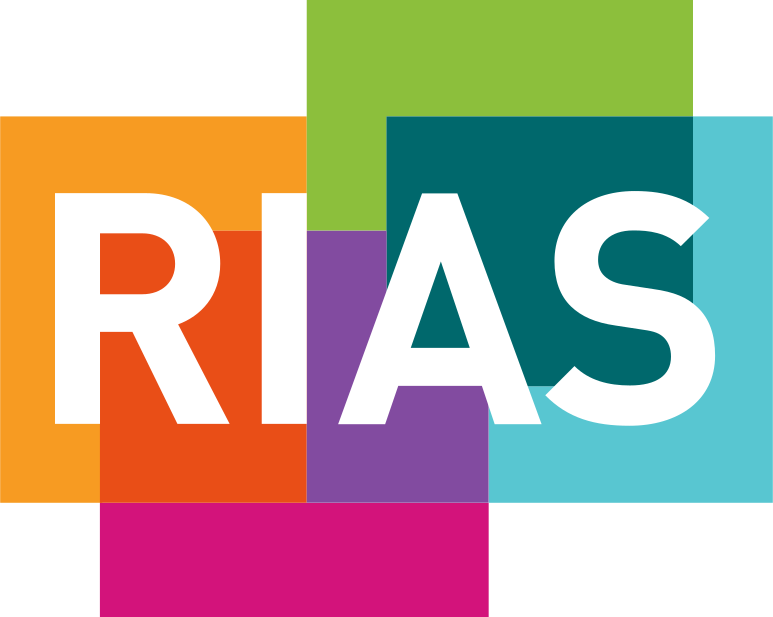PROTECT YOUR HOME FROM THE HEAT
With the increase in extreme weather in the UK, we're here to help you protect your home and offer support if your home is affected.
CHECKLIST: FIRE PREVENTION IN A HEATWAVE
High temperatures increase the risk of fire. Here are some key measures to help reduce the risks inside and outside your home.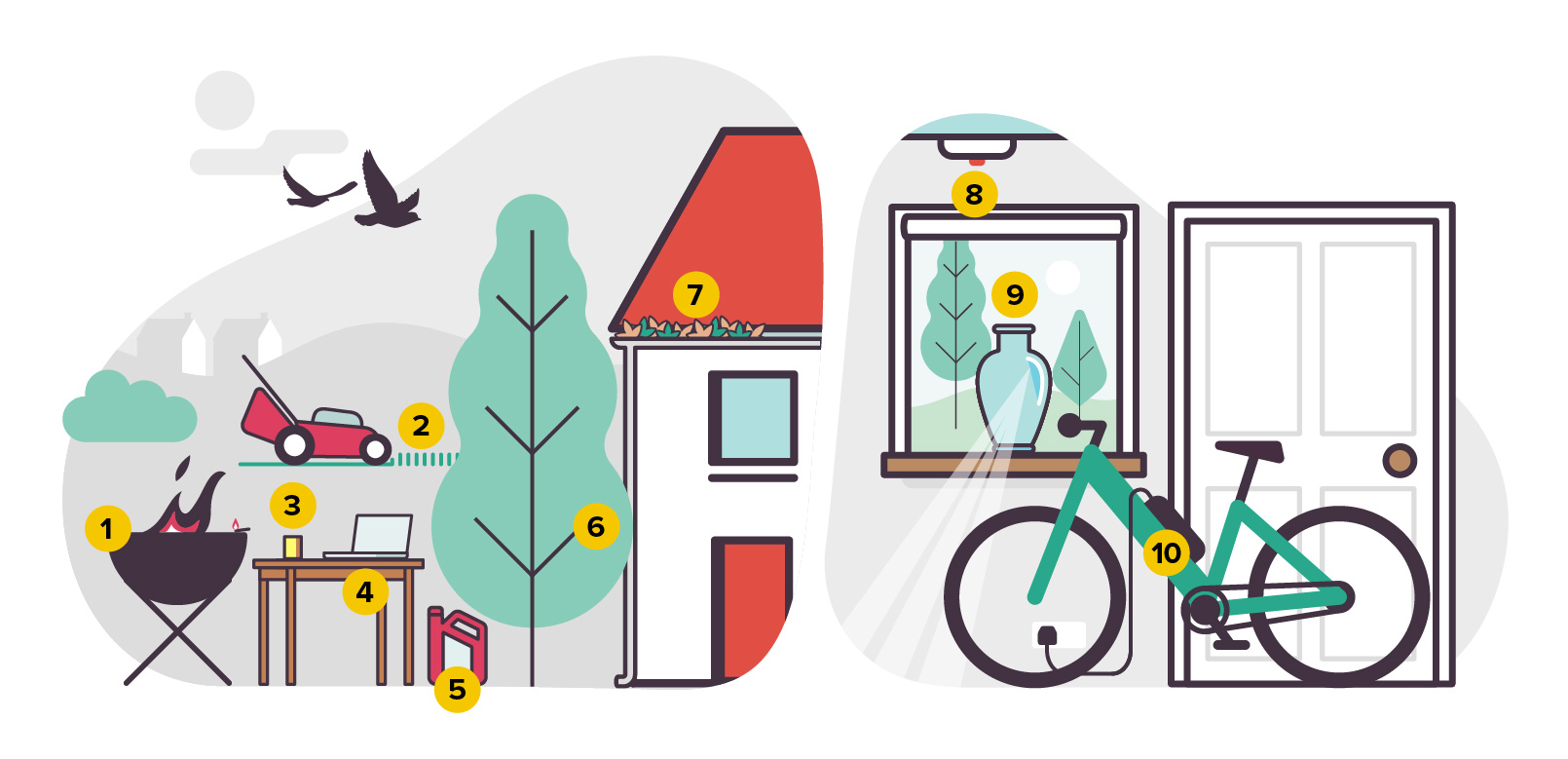
OUTSIDE YOUR HOME
-
BBQs/firepits/bonfires
Be extra careful with open fires and don’t leave them unattended -
Grass
Maintain and keep short in prolonged hot spells -
Cigarettes or matches
Ensure they are put out properly before discarding -
Lithium batteries
Keep items with lithium batteries out of direct sunlight – e.g. mobile phones, rechargeable toys, laptops -
Flammable substances
Keep items such as car oil or pesticides out of direct sunlight -
Trees
Maintain trees and shrubs and remove growth that is very close to the property -
Gutters
Remove build up of leaves and moss from gutters
INSIDE YOUR HOME
-
Alarms
Test fire, heat and smoke alarms to ensure they work -
Mirrors or vases
Be aware of sunlight on mirrors or glass vases on windowsills that reflect and magnify the sun -
Lithium batteries
Charge e-scooters and e-bikes out of direct sunlight; without blocking exits or doorways.
CHECKLIST: SUBSIDENCE
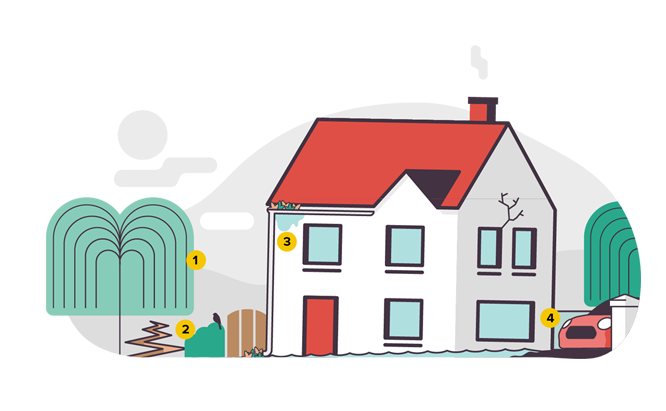
SUBSIDENCE
-
Trees
Avoid planting trees too close to your home, garage or outbuildings* -
Clay soil
Cracks and shifts during hot weather when there’s less moisture in the ground. In wet conditions, it swells -
Drainage & leaking drains
Make sure drains are free-flowing. Don’t put the wrong things down drains or create blockages -
Driveways
Ensure they have correct drainage in place, including a soakaway, to avoid surface flooding or damage to the structure of the property
*The (ABI) suggests willows should be no closer than 40 metres from the nearest building, poplars 35 metres away and oaks and elms 30 metres away
CHECKLIST: HEAT DAMAGE
Here are some areas of your home that can be damaged by extreme heat and what you can do to prevent damage.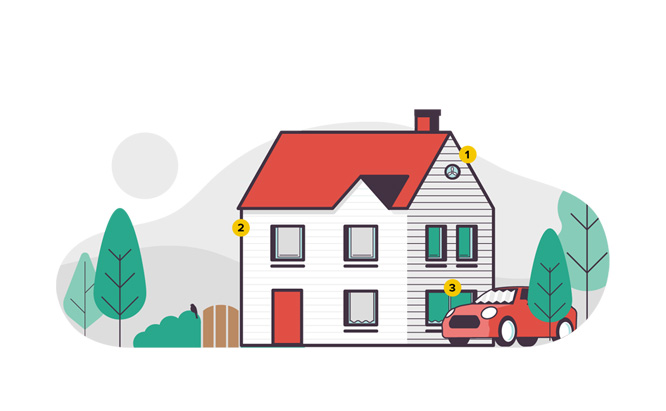
HEAT DAMAGE
-
Protect your roof
Add protective UV coating to the roof surface to help reduce the risk of roof damage, and possible leaks. Install an attic fan in your loft -
Maintain weatherboard & cladding
Maintain with filler or heat-resistant paint. Alternatively replace with fibre cement weatherboarding that’s fire resistant -
Reduce window heat
Reduce heat with blackout blinds, curtains or sunscreens on your windows. Alternatively, add heat-control film to windows.
HOW TO BEAT THE HEAT
Find out what you can do to help prevent damage to your home and keep cool when temperatures heat up.
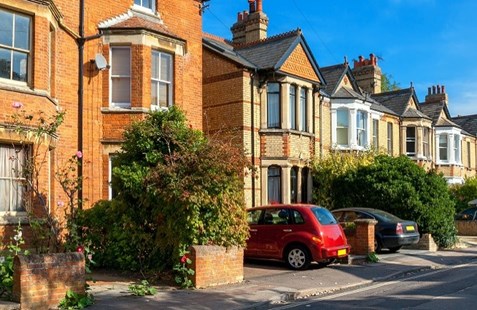
DO YOU NEED TO MAKE A CLAIM?
If your home has been affected, we're here to help as best we can. You will need to talk to one of our team for fire or subsidence claims.
NEXT STEPS
1. Check your home insurance cover and excess, just view your policy documents.
2. Gather what you need to make a claim, and check if you can make it online
3. Make a claim online and save time
4. Need to check an existing claim? You can manage it online
5. If you'd prefer to speak to someone, or for more information to make a claim get in touch with a member of our Live Chat team.
HAVE YOU BEEN AFFECTED?
Here's what to do if you need to make a claim, plus some tips for driving in the heat.
Frequently asked questions
How do I make a claim?
We've outlined the steps that you should take if you need to check for damage and you need to make a claim.
How to make a claim
How do I check my cover?
If you need to know exactly what your home insurance covers, the quickest way is to check your policy documents.
Here is a quick overview of heat and fire related cover.
Do you need urgent support?
- Is your property uninhabitable or unsecured?
- Do you need to make us aware of any exceptional circumstances affecting you or someone you live with?
- If so, then please get in touch by calling 0345 165 5753 and we'll get you to the right person as soon as possible.
What are buildings?
In insurance, Buildings are defined as the property shown in your insurance schedule/statement of fact. They include the structure of your home, including any fixtures and fittings, garden walls, gates, decking, paths, drives, patios, permanent swimming pools built of brick, stone or concrete, permanently fixed hot tubs, solar panels, fully enclosed outbuildings and hard tennis courts.
- Unless otherwise agreed, outbuildings do not include:
- Any building which is not on a permanent foundation or base
- Tree houses
- Inflatable buildings (whether over swimming pools or not)
- Any structure which is made of canvas, PVC or any other non-rigid material
PLEASE NOTE: Carpets are considered contents.
What is covered by buildings insurance?
This will depend on the cover you took out when you purchased your buildings policy.
Essentially, your standard buildings insurance policy will cover the cost of repairs to your home if it is damaged by an insured event such as theft, fire, flood and escape/leakage of water from pipes, storage tanks, etc. If you also purchased the optional add-on cover of Accidental Damage, that will cover you for other instances relating to accidental damage (which is damage that is unexpected and unintended, caused by something sudden and which is not deliberate).
There will be exclusions for each type of peril, so please refer to your home insurance policy booklet for full details of your cover.
What are contents?
Contents insurance will cover the items and valuables within your home that are not permanent features, fixtures or fittings of the building.
This will usually include things like your furniture, kitchen appliances, jewellery and entertainment systems.
Some items, such as carpets, may seem like buildings but are, in fact, considered contents.
If you are unsure what your item falls under and need to make a claim, get in touch with the Claims Team and they will be able to work this out for you.
What is covered by contents insurance?
This will depend on the cover you took out when you purchased your contents policy.
Essentially, your standard contents insurance policy will cover the cost of repairing or replacing the contents of your home if they are damaged by an insured event such as theft, fire, flood and leakage of water. If you also purchased the optional add-on cover of Accidental Damage, that will cover you for other instances relating to accidental damage (which is damage that is unexpected and unintended, caused by something sudden and which is not deliberate).
There will be exclusions for each type of peril, so please refer to your home insurance policy booklet for full details of your cover.
What if my property is not habitable due to the extent of damage?
We understand that some customers like to stay in their own homes where possible, so we can provide facilities like temporary kitchens and bathrooms to enable you to do so. If you do have to leave the property, we will help you make those arrangements, whether this is staying with relatives or checking in to suitable alternative accommodation.
*The (ABI) suggests willows should be no closer than 40 metres from the nearest building, poplars 35 metres away and oaks and elms 30 metres away
